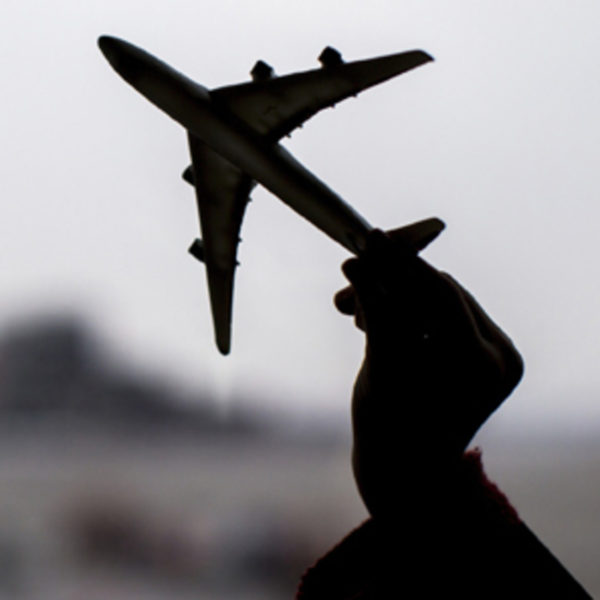Airport Layout Plan: Question and Answer Session

 Anderson Bogert Project Manager Jayne DeCoste, PE, helps explain what an Airport Layout Plan (ALP) is, why one is needed, the process for developing an ALP, and more.
Anderson Bogert Project Manager Jayne DeCoste, PE, helps explain what an Airport Layout Plan (ALP) is, why one is needed, the process for developing an ALP, and more.
What is an Airport Layout Plan (ALP)?|
An Airport Layout Plan (ALP) is a graphic representation of existing and future facilities at an airport. The plan typically covers a 20 year planning period.
An ALP is not just one drawing, but a set of drawings that show:
- Near, intermediate, and long-term airport facilities
- On and off airport airspace, including any obstructions
- Airport property and land uses
In addition to the drawings, the plan includes a Narrative Report that provides supporting documentation and justification. This report typically features detailed information on current and projected activity levels at the airport, facility requirements, alternatives and recommendations, and an implementation plan. The report is an assessment of the general aviation needs of the airport service area. The goal of the report is to determine how to best accommodate these needs in a responsible manner to the surrounding environment and to local citizens. The report provides analysis and recommendations from which local authorities may take action to continue improvements to the airport operations.
Why are ALPs needed for airports?
ALPs give the owner of the airport, oftentimes a city, a more complete picture of development needs and priorities at the airport. ALPs are used to help provide a long-term, comprehensive planning strategy. Additionally, they are needed for Federal Aviation Administration (FAA) and Iowa Department of Transportation (DOT) funding approval of proposed projects.
What is the process for completing an ALP?
A consultant is typically hired by the owner and performs or coordinates the following tasks, all in coordination with the owner and other key stakeholders:
- Review Existing Conditions
- Public Involvement
- Forecast Number of Based Aircraft and Operations
- Initial Review/Approval by FAA Planner
- Determine Required Runway Orientation and Length/Width, etc.
- Review Alternatives to Meet Requirements
- Determine Capital Costs and Phases
- Final Review/Approval by FAA Planner
- FAA Airspace Review
How long does it usually take to create an ALP and how often should they generally be updated?
On average, it takes approximately two and a half years to complete an ALP. ALPs are typically updated every five to 10 years.
How do airports know if they are getting a quality ALP?
In developing the ALP, the consultant will need to work closely with the airport manager, airport commission, owner/city, and FAA to ensure all stakeholders are satisfied with the final product and to create a product that will be useful for many years to come. A plan that meets the FAA standards but does not meet the airport’s needs is not worth the paper it is printed on. Therefore, the consultant needs to put forth their best effort to create a plan that meets the airport’s needs, while simultaneously meeting FAA standards. Good communication between all stakeholders is a key ingredient to creating a quality ALP. When all is said and done, a quality ALP will provide a safe, cost effective airport that creates and enriches economic, educational, and recreational opportunities for its service area.
What else should people know about ALPs?
The below are a few key closing thoughts about ALPs:
- A project shown on an ALP does not guarantee it will be constructed, only that it is planned for.
- An ALP should be a living document, remain flexible to respond to future conditions, and be updated on a regular basis.
- The execution of each project shown on the ALP depends on need, priority, and funding availability.
- FAA/Iowa DOT will not fund projects that are not shown on the ALP.
- After the ALP, the next step toward project implementation is to show the planned project on the Airport’s five-year Capital Improvement Plan (CIP).
- Lastly, the ALP serves as the first step towards compatible land use planning in the vicinity of the airport.

